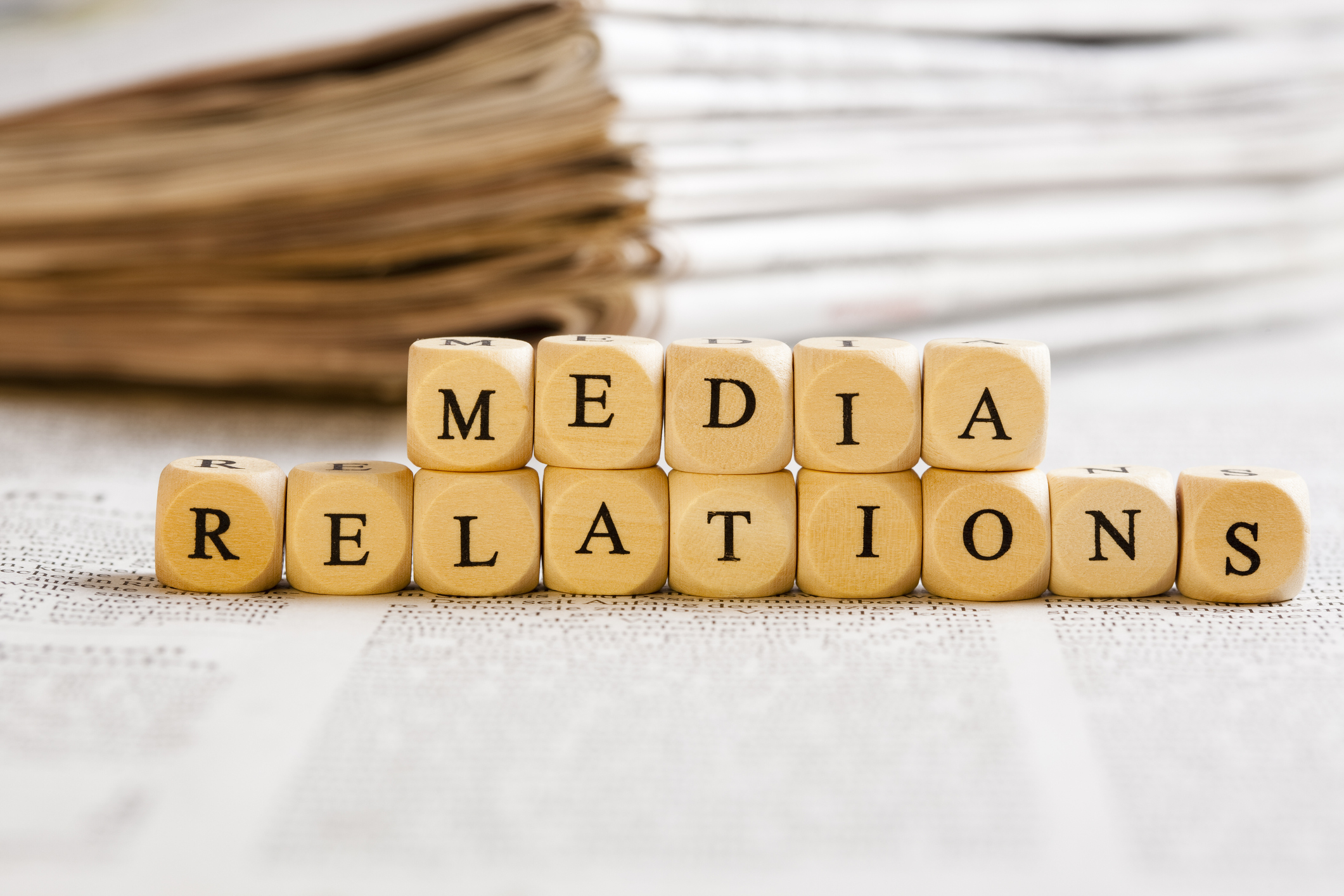Law Firm Media Relations in the Age of COVID
The work of law firm media relations has always been tricky. Connecting attorneys, many of whom are inclined to be reticent about their work, to reporters, many of whom are inclined to view silence as an admission of wrongdoing, is a fraught sort of matchmaking, even in the best of times.
Today, though, with lawyers working remotely and reporters facing furloughs and layoffs, it’s even harder to arrange the conversations that build “trusted source” relationships and get attorneys quoted in the media.
With news — and news coverage — changing by the minute, it’s critical that law firms and their PR partners develop and deploy a nimble, efficient media relations plan. Here are four ways you can stay on solid footing even as the media landscape continues to shift beneath your feet:
1. Talk to each other. Law firm marketers and their PR partners need to check in regularly about firm priorities, media opportunities and ideas for matching firm expertise to emerging topics in the news. Weekly or biweekly scheduled calls facilitate regular communication and serve as a great touchpoint, no matter how brief, to stay connected, set goals and mark progress.
2. Bring ideas to the attorneys. Keep up with the trade publications that cover each attorney’s target clients and the industry publications most relevant to their practice. Proactively offering ideas for targeted pitches — or even just good topics that an attorney might want to email a key reporter or editor about — keeps your media strategy fresh and underlines the value of your skills.
3. Keep tabs on reporters. With reporters on furlough and unable to check their work email for extended periods of time, and publications altering their publication schedules or ceasing operations completely, it’s easy to lose track of key journalists. Now’s the time to solidify important relationships with media members by checking in more often, keeping up with media industry news about job changes and connecting on social media or with personal contact information.
4. Limit pitching. Replace quantity with quality. Present only the most relevant sources and ideas to the reporters and editors you contact. By showing them that you read and value their work and respect their time, you make it more likely that they’ll look to you for stories in the future.
Maintaining close media relationships in a socially distanced environment is tough, but embracing these fundamental practices will help you navigate any gaps in communication.

